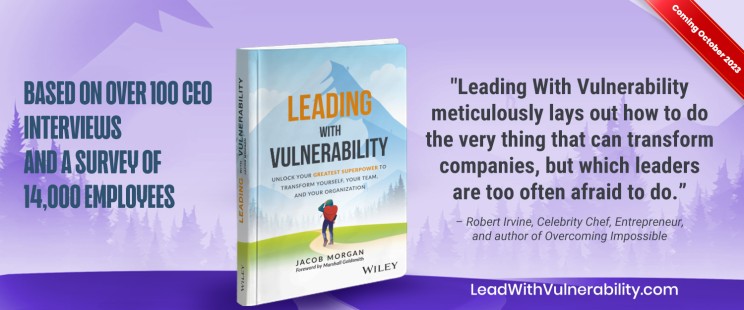👋 Hey, I’m Jacob and welcome to a 🔒 subscriber-only edition 🔒 of Great Leadership. Each week I share exclusive interviews with CEOs and thinkers, leadership hacks, and in-depth articles on trends, research, and insights. The goal of this resource is to accelerate your professional and leadership development, unlock the potential of those around you, and drive business performance.
A few hours ago I had a great discussion with Charles Conn the Board Chair of Patagonia and founding CEO of Ticketmaster-Citysearch. That conversation will be made public in the coming weeks but I was inspired to write something based on that discussion.
Charles and I were talking about some of the parallels between chess and business (my favorite) and he asked me how many moves ahead I can calculate during a game. I told him that it depended on if there’s a forced sequence of moves or if there is a lot of variation. For example if there is a checkmate in 4 then I should easily be able to calculate that series of four forced moves.
I work with a chess coach and oftentimes he will ask me to calculate as many moves ahead as I can while telling me that there is a forced sequence leading to something like a checkmate. In these situations I’ve been able to visually calculate (not touching the pieces) 8+ moves ahead. This is because there isn’t a lot of variation in terms of what I or my opponent can do.
…
If you haven’t heard yet, my new book, Leading With Vulnerability is now available for pre-order! Is vulnerability for leaders the same as it is for everyone else? It turns out it’s not! Learn how the world’s top leaders approach vulnerability in the right way to lead through change, unlock the potential of others, create trust, and drive business performance. Pre-order your copy here and get access to the bonuses!
…
However, when there is a lot of variation in terms of possibilities and forced moves are absent, then I can maybe see 3-4 moves ahead. The point is that forced moves allow you to see further whereas variation limits your ability to do so.
What does this have to do with business?
Historically, businesses operated under the strategy of “forced moves,” where the future was more predictable, and the path to success more structured. Today, however, the business world more closely resembles a complex game of chess with more variation and unpredictable outcomes.
Consider the assembly line production methodology championed by Henry Ford in the early 20th century. Ford’s strategy was a series of “forced moves” that relied on highly standardized processes and minimal variation. At the time it was a predictable business model with clear objectives: produce as many automobiles as possible as efficiently as possible.
Or take a look at early Microsoft which dominated the PC industry with the Windows operating system and Office software suite. Microsoft was very much playing “forced moves.” The company’s strategy was straightforward and predictable – develop an operating system, encourage third-party manufacturers to build hardware, and control the market.
This approach to business success worked in the past but it’s a recipe for failure today. Businesses are no longer able to calculate 10 moves ahead but are now playing a dynamic game with a shorter-time horizon and more variation.
How do you lead in a world like this when the game has changed and when there are no more forced moves?
There are 10 strategies you can implement.
Get the rest of the article by becoming a paid subscriber on Substack. Each week you will get:
- The 5 Minute Leader: Weekly 5 minute videos where I share a leadership hack from a CEO.
- The Leader’s Toolkit: Weekly 15 min deep dives with a guest around a leadership topic.
- The Leader’s Lens: Weekly article exploring a trend, insight, or unique perspective.
Go here to subscribe, it will be the best investment you will ever make in your professional and leadership development.



